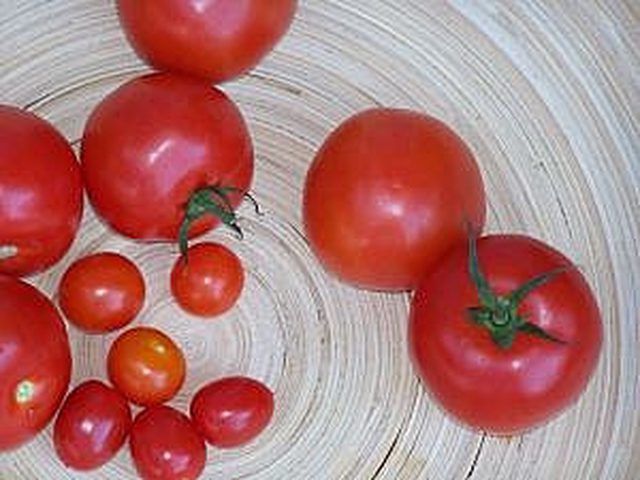Bulbs
Flower Basics
Flower Beds & Specialty Gardens
Flower Garden
Garden Furniture
Garden Gnomes
Garden Seeds
Garden Sheds
Garden Statues
Garden Tools & Supplies
Gardening Basics
Green & Organic
Groundcovers & Vines
Growing Annuals
Growing Basil
Growing Beans
Growing Berries
Growing Blueberries
Growing Cactus
Growing Corn
Growing Cotton
Growing Edibles
Growing Flowers
Growing Garlic
Growing Grapes
Growing Grass
Growing Herbs
Growing Jasmine
Growing Mint
Growing Mushrooms
Orchids
Growing Peanuts
Growing Perennials
Growing Plants
Growing Rosemary
Growing Roses
Growing Strawberries
Growing Sunflowers
Growing Thyme
Growing Tomatoes
Growing Tulips
Growing Vegetables
Herb Basics
Herb Garden
Indoor Growing
Landscaping Basics
Landscaping Patios
Landscaping Plants
Landscaping Shrubs
Landscaping Trees
Landscaping Walks & Pathways
Lawn Basics
Lawn Maintenance
Lawn Mowers
Lawn Ornaments
Lawn Planting
Lawn Tools
Outdoor Growing
Overall Landscape Planning
Pests, Weeds & Problems
Plant Basics
Rock Garden
Rose Garden
Shrubs
Soil
Specialty Gardens
Trees
Vegetable Garden
Yard Maintenance
How to Grow Hydroponic Vegetables
How to Grow Hydroponic Vegetables. As food costs continue to climb, it's time to consider growing your own. Luckily, thanks to the science of hydroponics, you can grow vegetables anywhere, even in a city apartment. Here's how:

As food costs continue to climb, it's time to consider growing your own. Luckily, thanks to the science of hydroponics, you can grow vegetables anywhere, even in a city apartment. Here's how:
Hydroponics is the method by which plants are grown in a nutrient solution rather than soil. In its most popular form, the roots are propagated through a neutral medium such as vermiculite, sand or coconut fiber. In many respects cultivating produce hydroponically produces better results than growing in soil. Plants are fed better so they tend to grow faster. They need less of a root network, so they can be spaced closer. Since the lighting is artificial, plant growth is not dependent on the seasons.
Evaluate and choose your growing methods. One popular system is the wick method. The growing medium sits in a tray over a reservoir. Nutrients are drawn into the vermiculate via a wick the same way that oil feeds a lamp. An air pump aerates the reservoir with oxygen.
Water culturing uses a float of Styrofoam that rests directly on the nutrient medium.. Roots poke through drawing nutrition from below. Here again the reservoir is aerated by a pump. This method works best with vegetables that need a lot of water like lettuce.
A drip system is like any other drip irrigation feeding liquid directly to the plants' roots. The big difference is that a nutrient medium is pumped. There are also more expensive complicated options for larger scale operations.
Decide on your nutrient medium. The three basic elements in all fertilizers are nitrogen so that plants can produce new tissue; phosphorus for root growth; and potassium that promotes plant vigor. Fertilizer is rated by a series of three numbers, such as 12-8-10. This mix is 12-percent nitrogen, 8-percent phosphorous and 10-percent potassium. Other nutrients include sulfur, calcium, magnesium, boron, cobalt, copper, iron and manganese. Decide on what vegetables you want to grow and choose the appropriate formula for each crop. For example a good choice for tomato fertilizer would be 8-16-16. It's better not to mix crops in the same medium since each plant has different nutritional requirements.
Choose your grow lights. Electricity can get expensive. You want energy efficient full spectrum gas discharge bulbs like fluorescents.
You can increase the yield of your plants by pinching the branch tips creating two branches from one, for greater yield. Do it every other branching. You'll end up with a bushier plant that will take up less vertical space.
In most cases you can simulate seasons by putting your lights on a timer. Vegetables go to record sizes in Alaska because of day long summer light about the Artic Circle. You can fool your plants into thinking that it's the advent of fall, by cutting back on the time that your lights are on, thereby inducing your harvest.
One fully integrated system to consider is manufactured by Pyraponic Industries, which makes a self-contained green house, with energy efficient fluorescent bulbs, supplied growing medium, fertilizer and ongoing soil analysis. The systems aren't cheap, starting at $380, but the products have proven popular with those growing high end specialty crops.